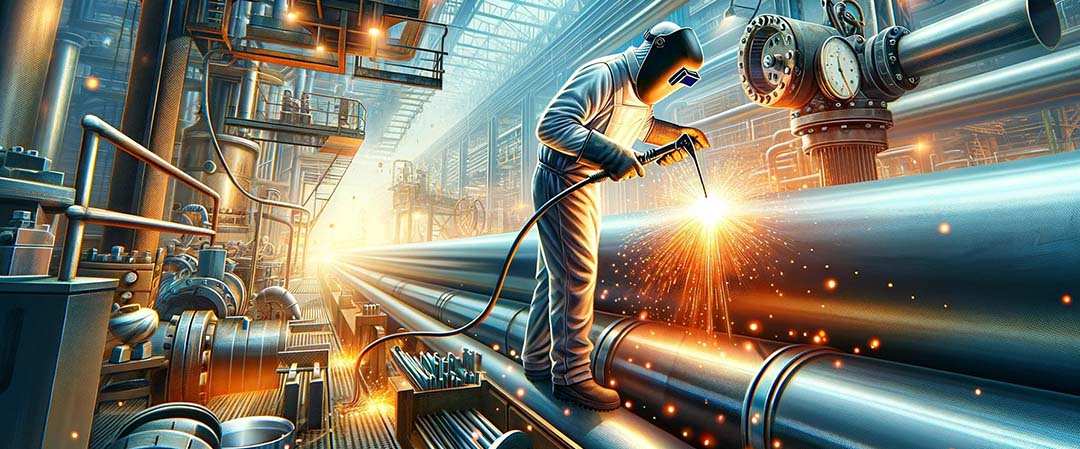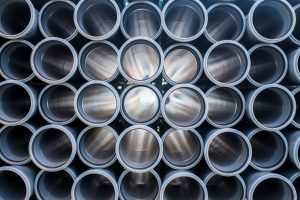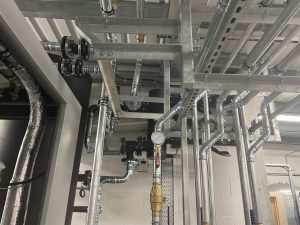Welding is a critical component in the assembly and maintenance of pipework systems. At DSJ Pipework, we employ various welding techniques to ensure our pipework solutions are robust, reliable, and efficient. This post explores the innovative welding techniques we use, including TIG, MMA, solvent welding, and brazing and soldering.
TIG Welding
TIG (Tungsten Inert Gas) welding, also known as Gas Tungsten Arc Welding (GTAW), uses a non-consumable tungsten electrode to produce the weld. This technique is highly regarded for its precision, quality, and versatility, making it ideal for creating high-integrity welds in both ferrous and non-ferrous metals. TIG welding is particularly useful in applications requiring fine, detailed work and is often employed in industries where cleanliness and strength are paramount.
MMA Welding
Manual Metal Arc (MMA) welding, also known as Shielded Metal Arc Welding (SMAW), is a manual process that uses a consumable electrode coated in flux. This technique is known for its portability and simplicity, making it a preferred choice for site work and maintenance tasks. MMA welding is highly adaptable and can be used in various positions, including overhead and vertical welds, making it ideal for diverse pipework installations.
Solvent Welding
Solvent welding is a technique used primarily for joining plastic pipes. This process involves the application of a solvent that temporarily softens the surface of the pipes to be joined, allowing them to fuse together when pressed. The result is a strong, leak-proof joint that is integral to the pipework. Solvent welding is essential in systems where chemical resistance and smooth, uninterrupted flow are required.
Brazing & Soldering
Brazing and soldering are techniques used to join metals at lower temperatures than welding. Brazing involves the use of a filler metal that melts at a higher temperature than soldering but below the melting point of the base metals. Soldering, on the other hand, uses a filler metal that melts at a lower temperature. Both methods are beneficial for joining dissimilar metals and are often used in applications where thermal damage to components must be minimised.
Each welding technique has its unique advantages and specific applications in pipework systems. Choosing the right method depends on factors such as the materials involved, the required strength of the joints, and the working environment. At DSJ Pipework, our expertise in these welding techniques ensures that we can provide tailored solutions that meet the highest standards of quality and reliability.
For more information about our welding services and to discuss how we can assist with your pipework needs, please contact DSJ Pipework today. Our team of experts is ready to provide customised solutions for your specific requirements.








